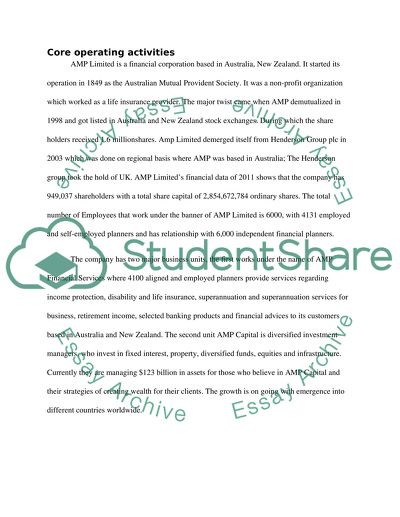Cite this document
(“Section A: Profiling the corporate structure, and discussing the Essay”, n.d.)
Retrieved from https://studentshare.org/finance-accounting/1398470-business-decisions
Retrieved from https://studentshare.org/finance-accounting/1398470-business-decisions
(Section A: Profiling the Corporate Structure, and Discussing the Essay)
https://studentshare.org/finance-accounting/1398470-business-decisions.
https://studentshare.org/finance-accounting/1398470-business-decisions.
“Section A: Profiling the Corporate Structure, and Discussing the Essay”, n.d. https://studentshare.org/finance-accounting/1398470-business-decisions.


